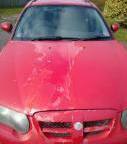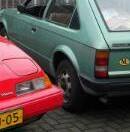Capri RS2600 and RS3100, a History
-
Similar Content
-
MOT History?
By Hendry,
- 11 replies
- 1,644 views
-
- 439 replies
- 116,367 views
-
ford capri Any Ford Capri fans? 1 2
By Lamp,
- 44 replies
- 2,930 views
-
- 980 replies
- 214,218 views
-
V888 vehicle history forms are go again! 1 2
By trigger,
- 36 replies
- 4,850 views
-





Recommended Posts
Create an account or sign in to comment
You need to be a member in order to leave a comment
Create an account
Sign up for a new account in our community. It's easy!
Register a new accountSign in
Already have an account? Sign in here.
Sign In Now